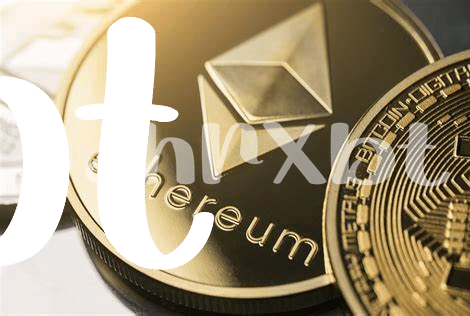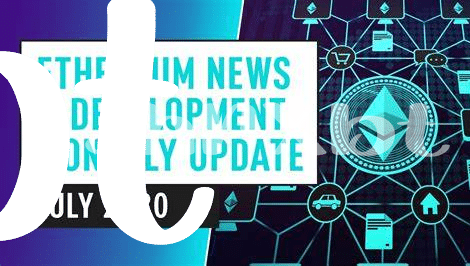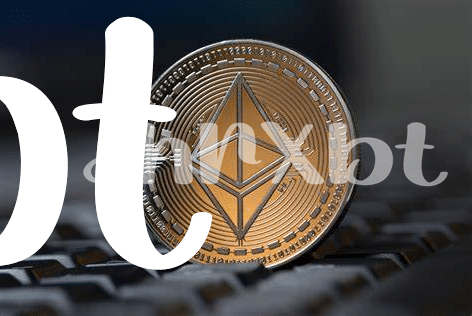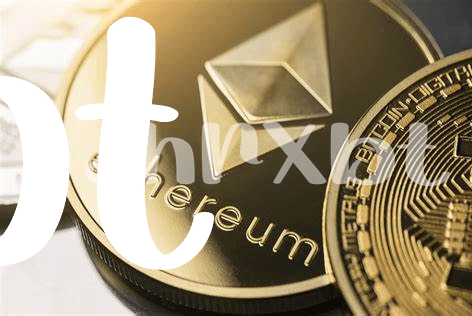Unveiling Eip-1559: Ethereum’s Big Change 🔍

Imagine a bustling digital marketplace where the currency is as futuristic as the concept itself – welcome to Ethereum. It’s a place teeming with creativity, where people build apps, games, and even new digital currencies. But, there was a touch of chaos in how transactions were processed. Enter EIP-1559, a significant update aimed at making things more orderly. Before this change, imagine everyone shouting their orders at a busy market, trying to be heard first. That’s how Ethereum handled transactions – the loudest (or highest paying) got ahead. EIP-1559 introduced a way to calm the market noise, ensuring fairness and predictability.
| Before EIP-1559 | After EIP-1559 |
|---|---|
| Loud and chaotic transaction market | More orderly and predictable |
| Users bid for transaction space | System sets the transaction fee |
This update wasn’t just a minor tweak; it was akin to rebuilding the engine of a car while it’s still running. It completely transformed the way transaction fees are estimated, moving away from a frenzied auction to a more stable system. This means less guessing for users and a smoother experience in this digital realm. With EIP-1559, Ethereum took a bold step towards a future where blockchain technology isn’t just innovative but also user-friendly.
How Gas Fees Got a New Look 🛠️
Imagine you’re at a bustling street market, where the price of goods keeps changing based on how many people want to buy and how desperately they want it. This was how things worked in the world of Ethereum when it came to paying for transactions, a wild, unpredictable juggling act known as gas fees. But then, something remarkable happened. A big change, known as EIP-1559, swept through the market, transforming how these fees are decided and paid. It was like introducing a smart pricing system that not only made costs more predictable but also smoothed out the rush hours, making sure everyone got a fair chance without having to overpay.
But why does this matter to someone who’s not a market trader? Think of it as upgrading from a noisy, crowded bus with fluctuating ticket prices to a sleek, orderly train where you know the fare upfront. For Ethereum users, it meant transactions became less about guesswork and more about efficiency. Moreover, part of every fee now gets burned, or permanently removed from circulation, which could be a game-changer for the value of Ethereum over time. For deeper insights into securing your Ethereum assets, you might want to explore how to maintain its value. It’s an exciting shift, signaling a maturing of Ethereum’s economy, with promises of a more stable and predictable future paving the way for everyone involved.
Ethereum’s Shift from Gas Wars to Predictability ⚖️

Imagine a bustling marketplace where everyone is shouting to get the best spot. That was Ethereum before this big update, with everyone trying to get their transactions through by paying more and more. Now, think of a calm, orderly queue where you know exactly how long you’ll wait. That’s what Ethereum has moved towards, making things much clearer for everyone involved. No more wild guessing or outbidding each other, which means less stress for users and more steady flow for transactions. It’s like going from a chaotic auction to a smooth, predictable lineup at your favorite coffee shop 🛠️⚖️.
This shift has been a real game-changer for people using Ethereum. Before, it was hard to predict how much you should pay to get your transaction processed quickly. Now, with the new system, it’s easier to know what’s going on, making the whole process more user-friendly. It’s a bit like if your coffee shop started a system where you could see exactly when your order would be ready, cutting down the guesswork and wait time. And let’s not forget, this isn’t just good for users; it’s helping the whole Ethereum system run more smoothly, paving the way for an even brighter future 🚀🔍.
Eip-1559’s Impact on Ethereum Miners 🏦

Imagine the lives of those who help keep Ethereum running, known as miners, suddenly getting a major overhaul. With the introduction of EIP-1559, their world changed almost overnight. Before, miners made their earnings from two sources: a reward for adding new transactions to the blockchain and from the tips users would pay to get their transactions picked first during busy times, kind of like a rush hour fee. Now, under the new rules, a part of each transaction fee, instead of going to the miners, is destroyed or “burned,” which means it’s taken out of circulation forever.
This change was a bit like a double-edged sword. On one side, it made the whole transaction process more predictable for users, which is great for everyone’s nerves. However, for miners, it meant they had to adapt to potentially earning less than before since a chunk of their income from fees got burned. It sparked quite a discussion: some miners worried about how it would affect their bottom lines, while others saw it as a push towards a more sustainable and user-friendly Ethereum. Amidst these changes, if anyone is wondering how do I purchase ethereum, it’s clear that Ethereum’s evolving landscape is attracting more attention than ever from investors and enthusiasts alike, keen to be part of its next chapter.
Burning Man: the Tale of Eth Burn Rate 🔥
Once this big change rolled into town, something remarkable started happening in Ethereum’s bustling economy – Eths began to vanish, like magic. Picture this: every time someone makes a transaction, a little piece of Eth doesn’t go to anyone else. Instead, it’s like it gets sent on a one-way trip to nowhere, never to be seen again. This burning of Eth isn’t just for show, though. It’s like having a huge bonfire that never stops, steadily eating away at the pile of Eth out there. This means there’s a little less Eth around every day, which is a pretty big deal.
Now, you might wonder, “How much Eth are we talking about here?” Well, it’s not just a few coins; it’s a whole lot.
| Date | ETH Burned |
|---|---|
| January | 100,000 ETH |
| February | 150,000 ETH |
| March | 120,000 ETH |
These aren’t small numbers, and they show a powerful shift in how Ethereum’s economy breathes. With each passing month, as more Eth says goodbye, users start to see the landscape change. It’s not just about making transactions anymore; it’s about being part of an economy that’s always on the move, always evolving. This burning isn’t just a spectacle; it’s reshaping what Ethereum is and how it works for everyone involved.
Peeking into Ethereum’s Future: Post-eip-1559 🚀

As the dust settles on the monumental shift introduced by EIP-1559, the Ethereum ecosystem stands on the brink of a new dawn. The landscape has been reshaped, offering a glimpse into a future where Ethereum not only thrives but excels in efficiency, sustainability, and user experience. In this reformative era, the once unpredictable fee market now sports a more user-friendly visage, enabling participants to engage with the system with newfound confidence. The introduction of a burning mechanism for part of the transaction fees has initiated a wave of speculation about Ethereum’s potential to become a deflationary asset, adding an enticing layer of value appreciation narrative to its ecosystem. With these changes, Ethereum miners have had to adapt to a new revenue model, which, despite initial reticence, promises a more balanced and sustainable network. Looking ahead, the stage is set for Ethereum to further solidify its position as a cornerstone of the blockchain world. Innovations and improvements can now build upon this stable foundation, creating possibilities that were previously unimagined. For those keen to track Ethereum’s pulse and its exciting journey ahead, keeping an eye on the ethereum price usd could offer valuable insights into how these changes influence its standing both as a technology and an investment. 🚀🛠️🔥
